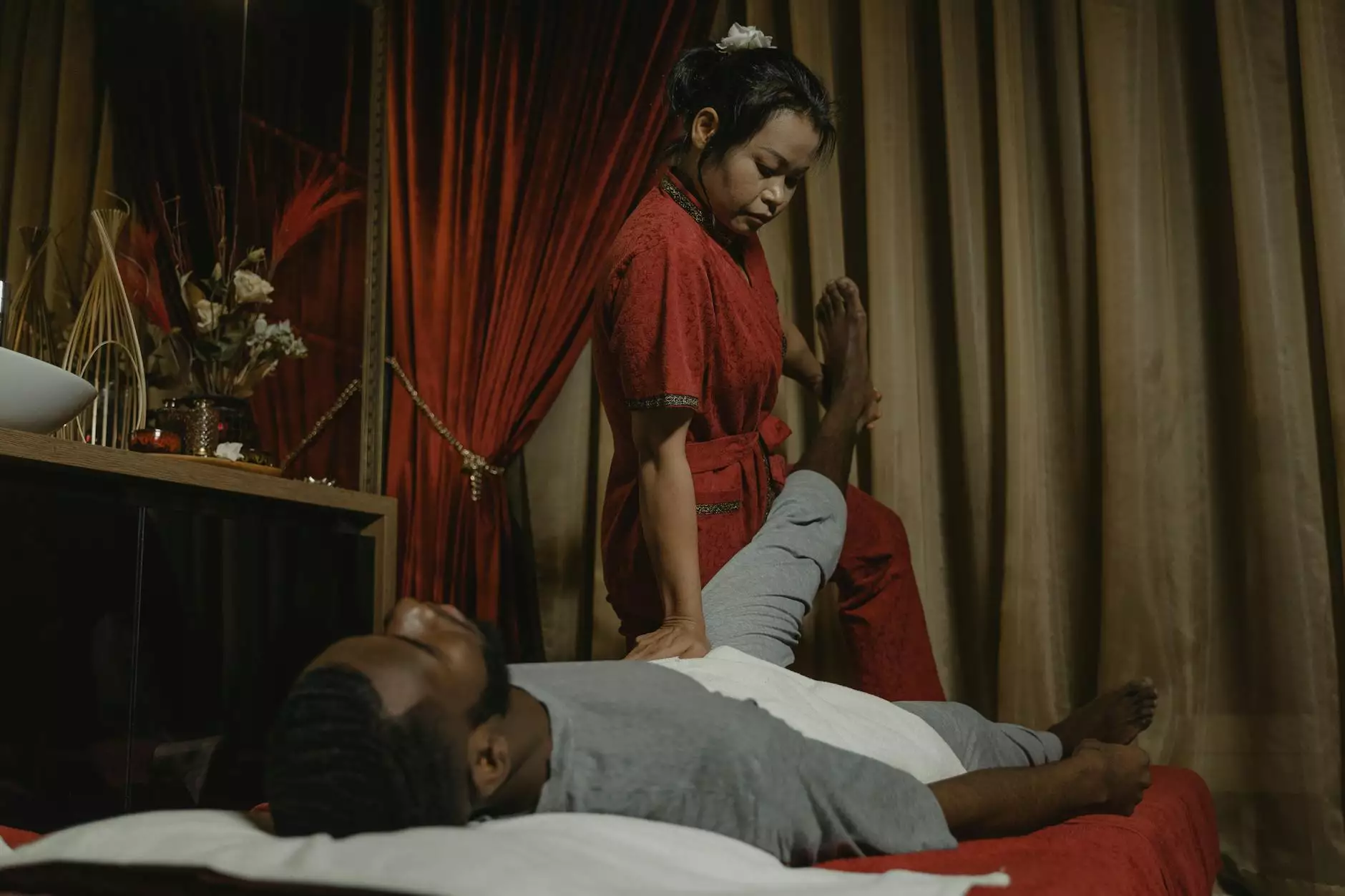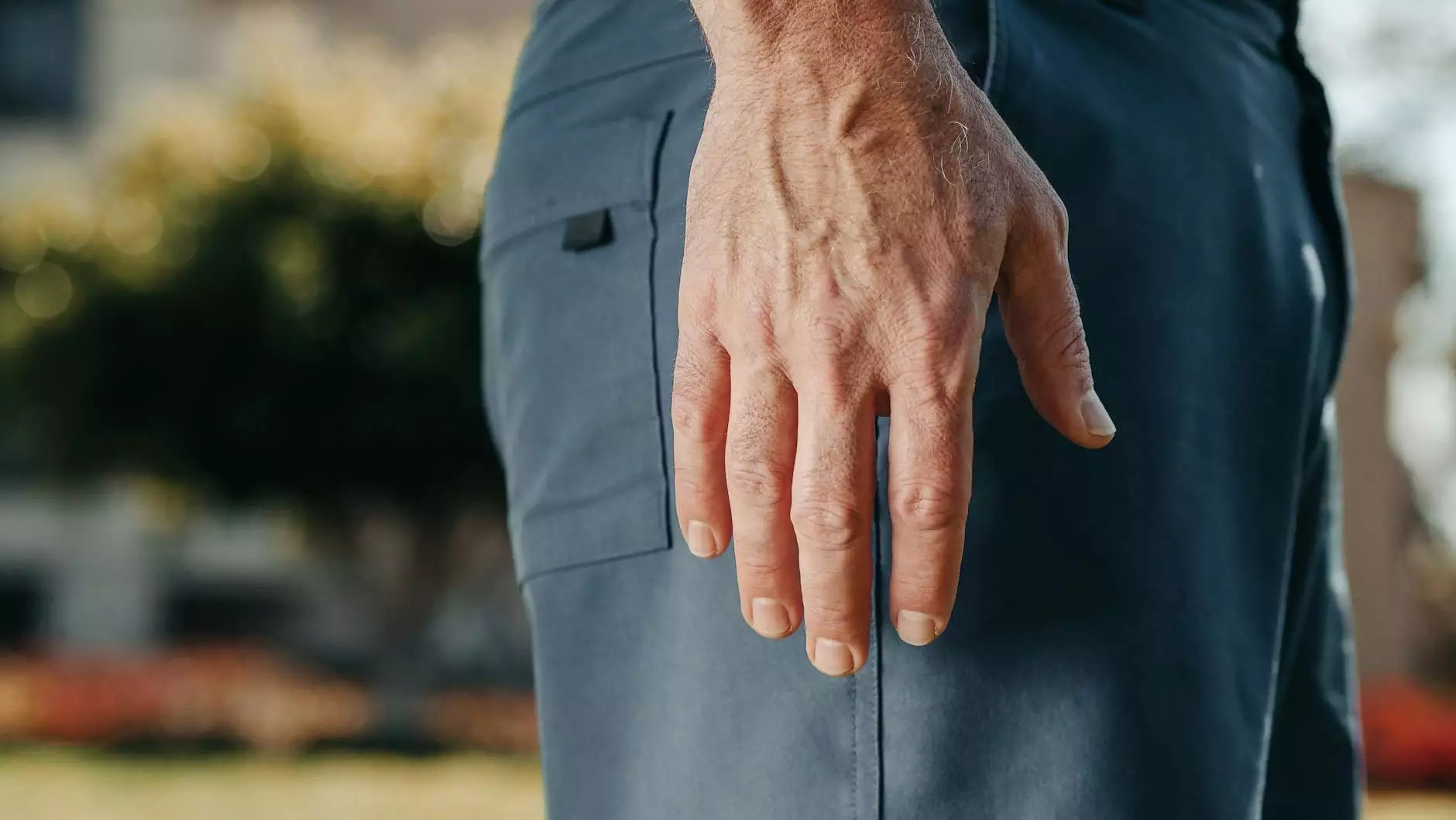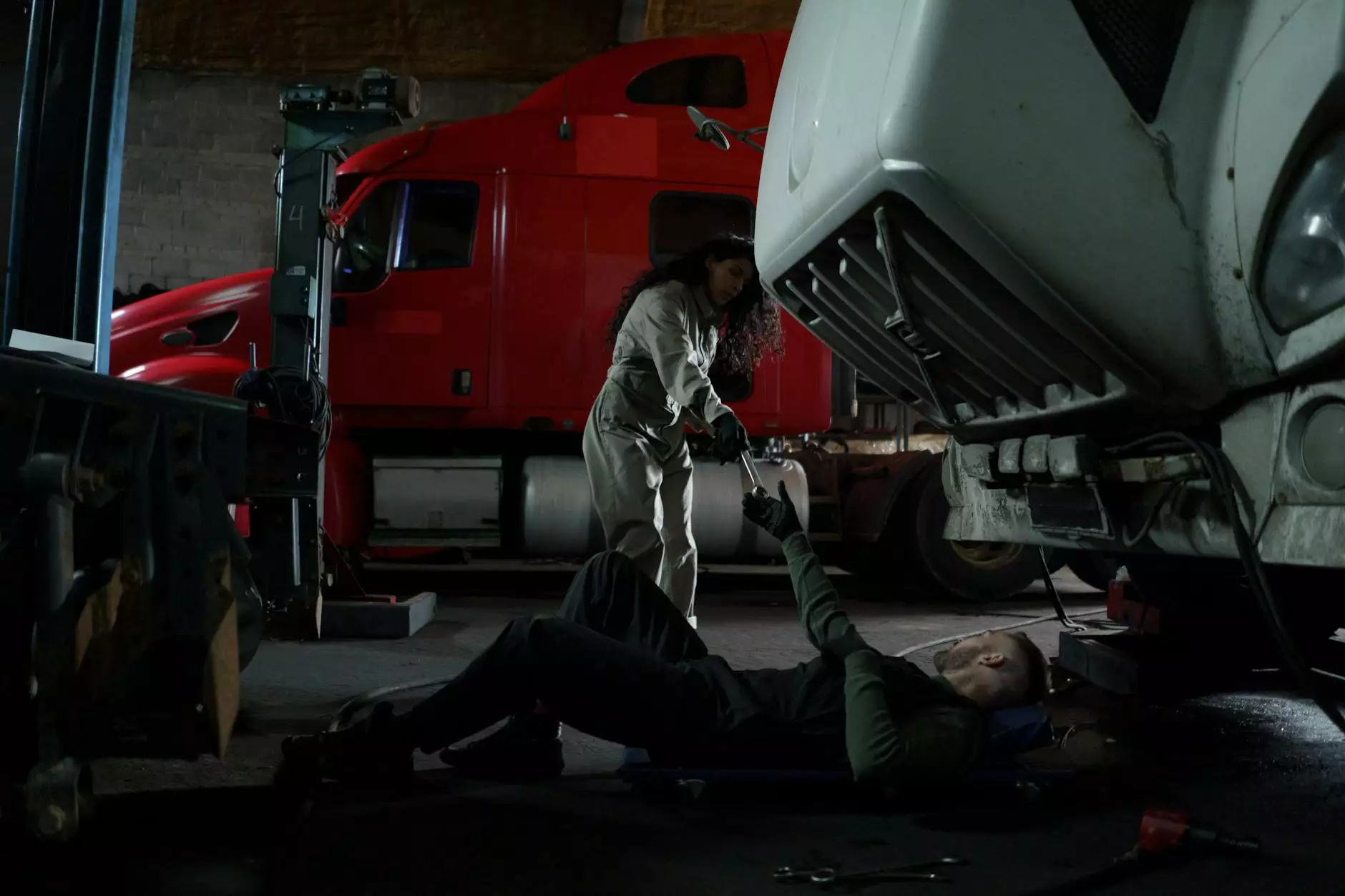Postnatal Pilates and Diastasis Recti: Embrace Recovery and Strength

The journey of motherhood is a profound transformation that involves both beautiful moments and significant physical changes. Postnatal pilates emerges as a vital tool for new mothers, particularly when addressing the common condition known as diastasis recti. Understanding this condition and how targeted exercises can aid recovery forms the cornerstone of promoting women's health after childbirth.
Understanding Diastasis Recti
Diastasis recti is a condition where the rectus abdominis muscles, which run vertically along the front of the abdomen, separate during pregnancy. This separation can lead to various complications, including lower back pain, poor posture, and even issues with core stability.
- Causes of Diastasis Recti: The primary cause is the stretching of the abdominal muscles due to the growing uterus. Hormonal changes and the natural process of pregnancy play significant roles.
- Symptoms: Symptoms may include a noticeable gap or bulge in the midline of the abdomen, lower back pain, difficulty with movement, and changes in posture.
- Risk Factors: Factors that increase the likelihood of experiencing diastasis recti include multiple pregnancies, advanced maternal age, and certain lifestyle choices.
The Importance of Postnatal Rehabilitation
Postnatal rehabilitation is essential not only for women's physical health but also for their emotional well-being. Engaging in activities such as pilates can significantly enhance recovery and restore confidence. Some benefits of postnatal rehabilitation include:
- Improved Core Strength: Rebuilding strength in the core helps support the spine and prevents injuries.
- Enhanced Pelvic Floor Function: Exercises targeting the pelvic floor promote better bladder control and prevent pelvic instability.
- Support for Mental Health: Participating in physical activity can combat postpartum depression and improve overall mood.
- Community and Support: Joining postnatal classes provides social support and connection with other mothers.
How Postnatal Pilates Helps with Diastasis Recti
Postnatal pilates offers a holistic approach to recovery, focusing on gentle yet effective exercises that strengthen the core without placing undue stress on the abdominal wall. Here’s how pilates specifically targets diastasis recti:
1. Strengthening the Deep Core Muscles
Postnatal pilates emphasizes the transverse abdominis, the deep muscle layer that stabilizes the pelvis and lower back. By activating and strengthening this muscle, women can diminish the gap between the rectus abdominis.
2. Promoting Proper Posture
Many new mothers experience poor posture due to carrying infants and utilizing suboptimal movement patterns. Pilates improves alignment and encourages mindful movement, which can alleviate tension and prevent further complications related to diastasis recti.
3. Controlled Breathing Techniques
The practice of controlled breathing in pilates not only aids in relaxation but also helps engage core muscles effectively. Proper breathing techniques can enhance muscle activation and support the rehabilitation process.
4. Gradual Progression of Exercises
Postnatal pilates offers a structured approach that gradually increases the difficulty of exercises. This is crucial in ensuring safety and effectiveness, as pushing oneself too hard can exacerbate the condition.
Recommended Postnatal Pilates Exercises
Below are some foundational postnatal pilates exercises specifically designed to address diastasis recti. Remember to consult with a healthcare provider or a certified pilates instructor before starting any exercise program, especially after childbirth.
1. Breathing Exercises
Begin by lying on your back with knees bent. Place your hands on your belly and practice deep breathing, feeling your abdomen expand with inhalation and contract on exhalation. Focus on engaging the transverse abdominis as you exhale.
2. Pelvic Tilts
While lying down, gently flatten your back against the floor by tilting your pelvis upwards. This exercise helps activate and strengthen the lower abdominal muscles. Repeat 10-15 times, focusing on controlled movements.
3. Modified Planks
Start on your hands and knees, ensuring your wrists are aligned with your shoulders. From this position, gently engage your core and hold for a few seconds, focusing on keeping your spine neutral. Gradually increase the duration as your strength improves.
4. Side-Lying Leg Lifts
Lie on your side with your head supported by your arm. Keeping your body in a straight line, lift your top leg to hip height and lower it back down. This exercise targets the obliques and enhances stability in the core.
5. Diagonal Crunches
Promote engagement of the whole core by performing gentle diagonal crunches. Lie on your back, knees bent, and reach toward your opposite knee while rotating slightly. This exercise should be done carefully to avoid straining the abdominal wall.
Tips for Starting Postnatal Pilates Safely
When beginning your journey with postnatal pilates, here are some valuable tips to ensure a safe and effective experience:
- Consult a Professional: Before starting any new exercise regimen, speak with your doctor or a physical therapist who specializes in postnatal care.
- Listen to Your Body: Pay attention to how your body feels during and after exercises. If something doesn't feel right, stop and consult a professional.
- Focus on Quality over Quantity: Emphasize proper form and quality of movement rather than the number of repetitions.
- Be Patient with Your Progress: Recovery takes time. Celebrate small successes and stay consistent with your routine.
- Hydrate and Nourish Your Body: Drink plenty of water and maintain a balanced diet to support your recovery efforts.
Finding the Right Postnatal Pilates Class
As you embark on your postnatal pilates journey, selecting the right class can significantly impact your success. Here are some considerations when choosing a class:
1. Qualified Instructors
Ensure that the instructors are certified in postnatal pilates and understand the nuances of diastasis recti. Their experience will guide you safely through the exercises.
2. Class Size and Environment
A smaller class size often allows for more personalized attention. Look for studios that foster a supportive and welcoming atmosphere.
3. Class Structure
Inquire about how classes are structured. A well-designed class should begin with warm-up exercises, progress to core work, and finish with relaxation techniques.
The Role of Physical Therapy in Postnatal Care
Physical therapy plays a crucial role in managing diastasis recti and supporting postnatal recovery. A specialized physical therapist can assess your core muscles and develop a personalized rehabilitation plan that may include:
- Manual Therapy: Hands-on techniques to improve tissue function and promote healing.
- Tailored Exercise Programs: A customized exercise plan to target specific needs and concerns.
- Education on Body Mechanics: Teaching proper lifting techniques and posture adjustments to prevent further injuries.
Conclusion: Embrace Your Postnatal Journey with Confidence
Postnatal pilates is more than just a fitness program; it's a pathway to recovery, empowerment, and newfound strength. By focusing on addressing diastasis recti through structured, mindful movement, mothers can reclaim their bodies and enhance their overall well-being. Always remember, recovery is a journey, not a race. Embrace each step with patience and positivity, and seek support from professionals as needed. Join the community of mothers dedicated to health, strength, and nurturing their bodies during this transformative stage of life.
postnatal pilates diastasis recti








